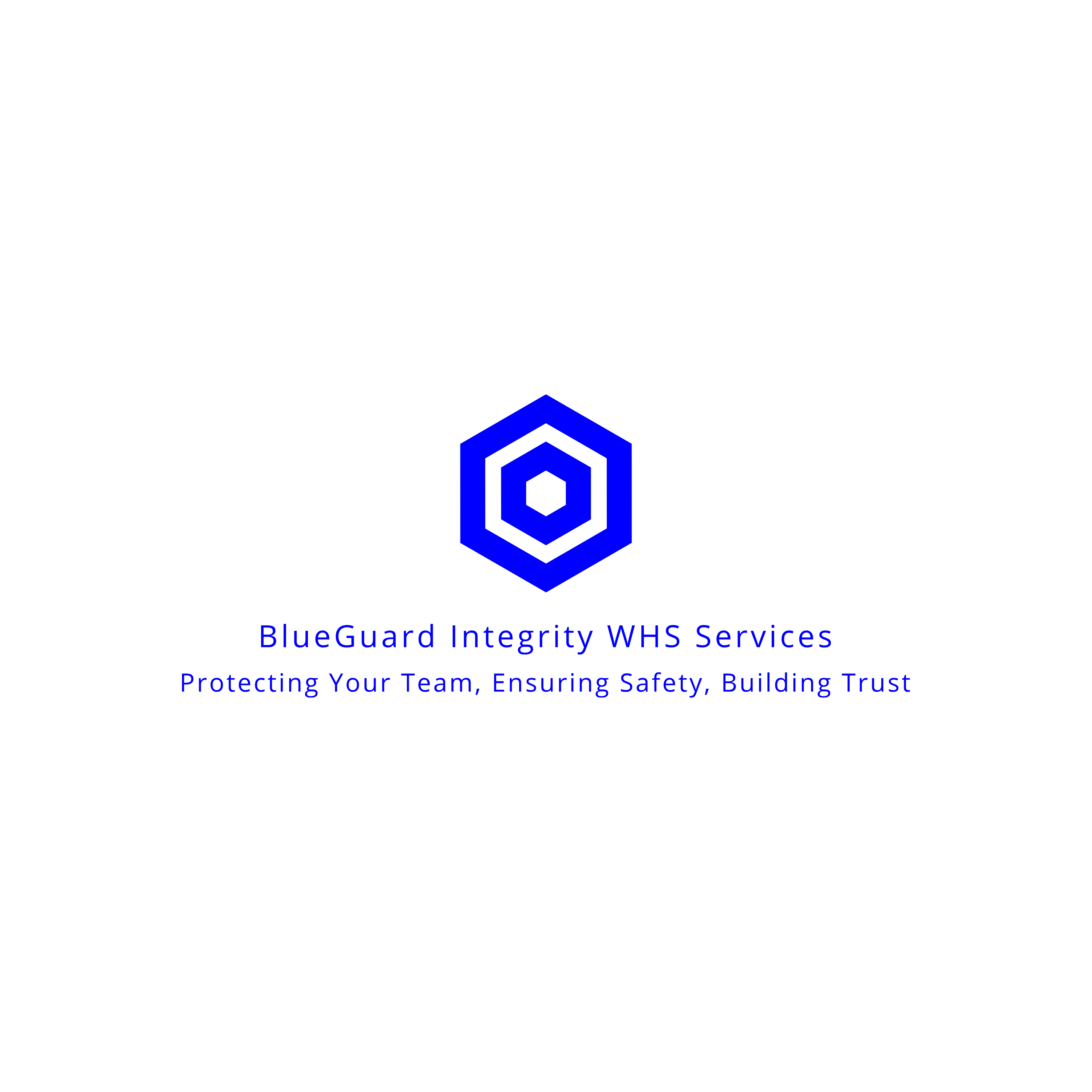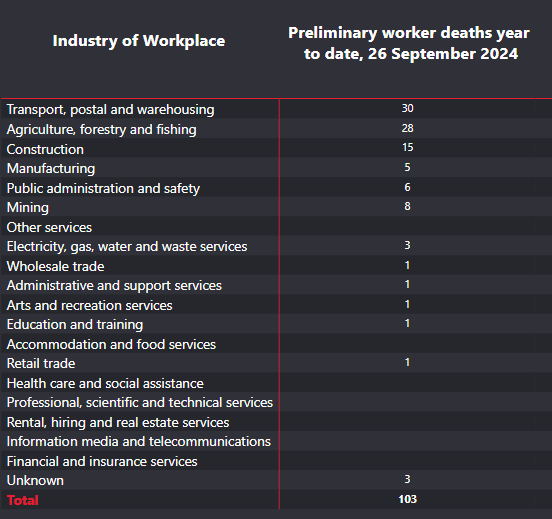The Importance of 'Fit for Work' in High-Risk Industries: Ensuring the Safety of Your People
- Rob Hubbard

- Oct 10, 2024
- 3 min read
In high-risk industries like construction, mining, and manufacturing, the safety and wellbeing of workers must be the top priority. Workers in these sectors face hazardous environments daily, and even the smallest lapse in judgment or impairment can have severe, even fatal, consequences. This is why ensuring that employees are fit for work is not just a best practice—it's a necessity.

In Australia alone, several workplace fatalities this year highlight the devastating effects when safety measures are overlooked or inadequate. According to Safe Work Australia, industries like construction and agriculture saw multiple fatalities, reminding us that every effort must be made to prevent these tragedies. While it’s easy to focus on the physical risks like operating machinery or working at heights, less visible factors, such as a worker’s mental or physical state, can be just as dangerous.

What Does “Fit for Work” Really Mean?
Being "fit for work" goes beyond just turning up for the job. It means that workers are physically and mentally capable of performing their duties safely. Fatigue, stress, illness, and impairment due to alcohol or drugs can significantly reduce a worker’s ability to respond quickly and effectively in high-risk environments. A person who is not fit for work puts not only their own life at risk but also the lives of their co-workers.
A comprehensive approach to fitness for work involves ensuring that workplace leaders and Persons Conducting a Business or Undertaking (PCBUs) have the right policies, procedures, and processes in place to assess and monitor fitness regularly. This includes pre-start checks, mental health awareness, fatigue management plans, and, importantly, alcohol and other drug (AOD) testing.

The Role of Workplace Leaders in Ensuring Fitness for Work
Workplace leaders play a crucial role in maintaining a culture of safety. They are responsible for fostering an environment where employees feel supported in reporting issues that might affect their fitness for work. Clear communication, regular safety briefings, and an open-door policy can encourage workers to address potential risks before they escalate.
Leaders must also ensure that policies are not just in place but are actively enforced. This includes having processes to assess fitness for work, such as:
Conducting regular risk assessments
Monitoring for signs of impairment or fatigue
Implementing AOD testing when necessary to ensure workers are not under the influence while performing critical tasks
Alcohol and Other Drug (AOD) Testing: A Vital Component
Although often seen as a sensitive issue, AOD testing is a key element of ensuring workplace safety. Many high-risk industries already have mandatory testing policies in place to identify and manage potential risks. Oral fluid testing, for instance, is a non-invasive, efficient way to determine whether an employee is fit to perform their duties.

It’s important to note that AOD testing in the workplace is not about judging lifestyle choices—it’s about ensuring that workers are fit for work. This approach can prevent accidents and fatalities by identifying impairment before it leads to a serious incident. Importantly, this year has shown that even the best-trained workers can fall victim to accidents if they are not fully alert or physically capable on the job.
Preventing Tragedy: Lessons from Recent Workplace Fatalities
This year, Australia has witnessed several tragic workplace fatalities, particularly in high-risk sectors. These incidents serve as painful reminders that we must remain vigilant in ensuring that workers are fit for work. For example, in Queensland’s mining sector, a fatal accident in early 2024 raised questions about whether fatigue and fitness for work had been adequately managed.

In industries where heavy machinery, heights, and hazardous materials are involved, the margin for error is razor thin. Ensuring that every worker on-site is both physically and mentally prepared for their job reduces the chance of these catastrophic incidents. Workplace leaders must make fitness for work a priority in every safety discussion and ensure that protocols are not only in place but actively followed.
Conclusion: Keeping Your Workers Safe
Ensuring that employees are fit for work is a fundamental responsibility of workplace leaders and PCBUs. In high-risk industries, where the consequences of impairment or fatigue can be fatal, businesses must be proactive in creating a culture of safety. This means implementing policies and procedures that prioritise the wellbeing of workers, from mental health support to regular AOD testing.
While workplace fatalities this year have brought attention to the risks, they also underscore the importance of ensuring every worker can perform their duties safely and return home at the end of the day. By investing in a comprehensive fit-for-work program, you are protecting not just your workers, but the future of your business as well.




Comments